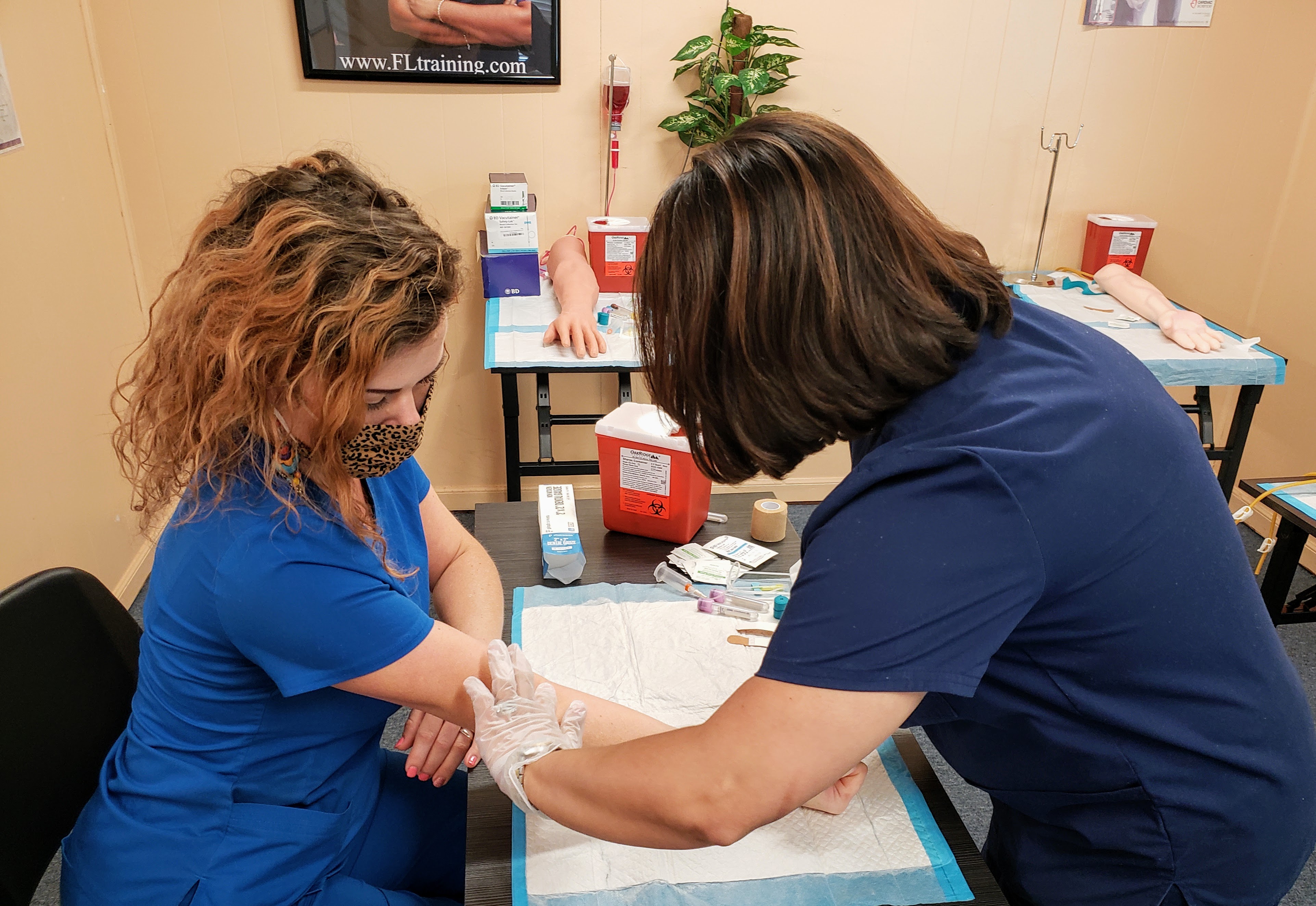6 Simple Techniques For Northeast Medical Institute - New Haven Campus Phlebotomy Course & Cna Class
6 Simple Techniques For Northeast Medical Institute - New Haven Campus Phlebotomy Course & Cna Class
Blog Article
3 Easy Facts About Northeast Medical Institute - New Haven Campus Phlebotomy Course & Cna Class Shown
Table of ContentsThe Main Principles Of Northeast Medical Institute - New Haven Campus Phlebotomy Course & Cna Class The Best Strategy To Use For Northeast Medical Institute - New Haven Campus Phlebotomy Course & Cna ClassSome Ideas on Northeast Medical Institute - New Haven Campus Phlebotomy Course & Cna Class You Need To KnowThe Definitive Guide to Northeast Medical Institute - New Haven Campus Phlebotomy Course & Cna ClassThe Greatest Guide To Northeast Medical Institute - New Haven Campus Phlebotomy Course & Cna ClassThe smart Trick of Northeast Medical Institute - New Haven Campus Phlebotomy Course & Cna Class That Nobody is Talking About
The use of such devices should be come with by various other infection prevention and control techniques, and training in their use.For setups with low resources, cost is a driving consider procurement of safety-engineered tools - Phlebotomy Classes. Where safety-engineered tools are not readily available, proficient use a needle and syringe is acceptable. Unexpected direct exposure and particular information concerning a case ought to be recorded in a register. Assistance services must be advertised for those who undertake unintentional exposure.
labelling); transport conditions; interpretation of outcomes for medical management. In an outpatient division or center, offer a dedicated phlebotomy cubicle containing: a tidy surface area with 2 chairs (one for the phlebotomist and the other for the client); a hand clean basin with soap, running water and paper towels; alcohol hand rub. In the blood-sampling area for an outpatient division or facility, provide a comfy reclining sofa with an arm remainder.
The smart Trick of Northeast Medical Institute - New Haven Campus Phlebotomy Course & Cna Class That Nobody is Discussing
Guarantee that the indications for blood tasting are plainly defined, either in a composed protocol or in documented instructions (e.g. in a research laboratory form). Gather all the equipment needed for the treatment and place it within secure and easy reach on a tray or cart, ensuring that all the things are plainly visible.
Where the individual is adult and mindful, adhere to the actions detailed below. Present on your own to the person, and ask the individual to specify their complete name. Check that the lab kind matches the client's identity (i.e. match the person's information with the laboratory kind, to ensure exact recognition). Ask whether the license has allergies, phobias or has ever before collapsed during previous injections or blood draws.
Make the client comfortable in a supine position (preferably). Area a tidy paper or towel under the patient's arm. Discuss the test to be carried out (see Annex F) and obtain spoken approval. The patient has a right to reject an examination at any moment before the blood tasting, so it is essential to make certain that the person has actually comprehended the treatment.
Northeast Medical Institute - New Haven Campus Phlebotomy Course & Cna Class Fundamentals Explained
Extend the individual's arm and evaluate the antecubital fossa or lower arm. Situate a vein of an excellent dimension that is visible, straight and clear.
DO NOT insert the needle where capillaries are diverting, because this increases the chance of a haematoma. Finding the capillary will certainly aid in identifying the appropriate dimension of needle.
Haemolysis, contamination and visibility of intravenous liquid and medicine can all modify the results (39. Nursing team and physicians might access central venous lines for samplings complying with protocols. Specimens from main Website lines carry a risk of contamination or incorrect lab examination outcomes. It serves, yet not perfect, to attract blood samplings when very first introducing an in-dwelling venous tool, prior to attaching the cannula to the intravenous fluids.
The 10-Second Trick For Northeast Medical Institute - New Haven Campus Phlebotomy Course & Cna Class
Allow the location to completely dry. Failure to permit sufficient call time enhances the threat of contamination. DO NOT touch the cleansed site; specifically, DO NOT put a finger over the vein to assist the shaft of the subjected needle. It the website is touched, repeat the disinfection. Execute venepuncture as follows.
Ask the individual to create a hand so the blood vessels are extra prominent. Enter the vein quickly at a 30 degree angle or much less, and remain to introduce the needle along the blood vessel at the most convenient angle of entrance - Phlebotomy Courses. As soon as sufficient blood has been collected, release the tourniquet prior to taking out the needle
The Definitive Guide for Northeast Medical Institute - New Haven Campus Phlebotomy Course & Cna Class
Take out the needle delicately and apply mild pressure to the site with a tidy gauze or dry cotton-wool ball. Ask the individual to hold the gauze or cotton wool in location, with the arm expanded and increased. Ask the person NOT to flex the arm, due to the fact that doing so triggers a haematoma.

Things about Northeast Medical Institute - New Haven Campus Phlebotomy Course & Cna Class
Do not push the syringe bettor due to the fact that added stress boosts the danger of haemolysis. Where feasible, maintain the tubes in a rack and relocate the shelf towards you. Infuse downwards into the proper coloured stopper. DO NOT eliminate the stopper due to the fact that it will certainly release the vacuum cleaner. If the example tube does not have a rubber stopper, infuse incredibly slowly right into television as decreasing the stress and velocity made use of to move the specimen minimizes the threat of haemolysis.

Report this page